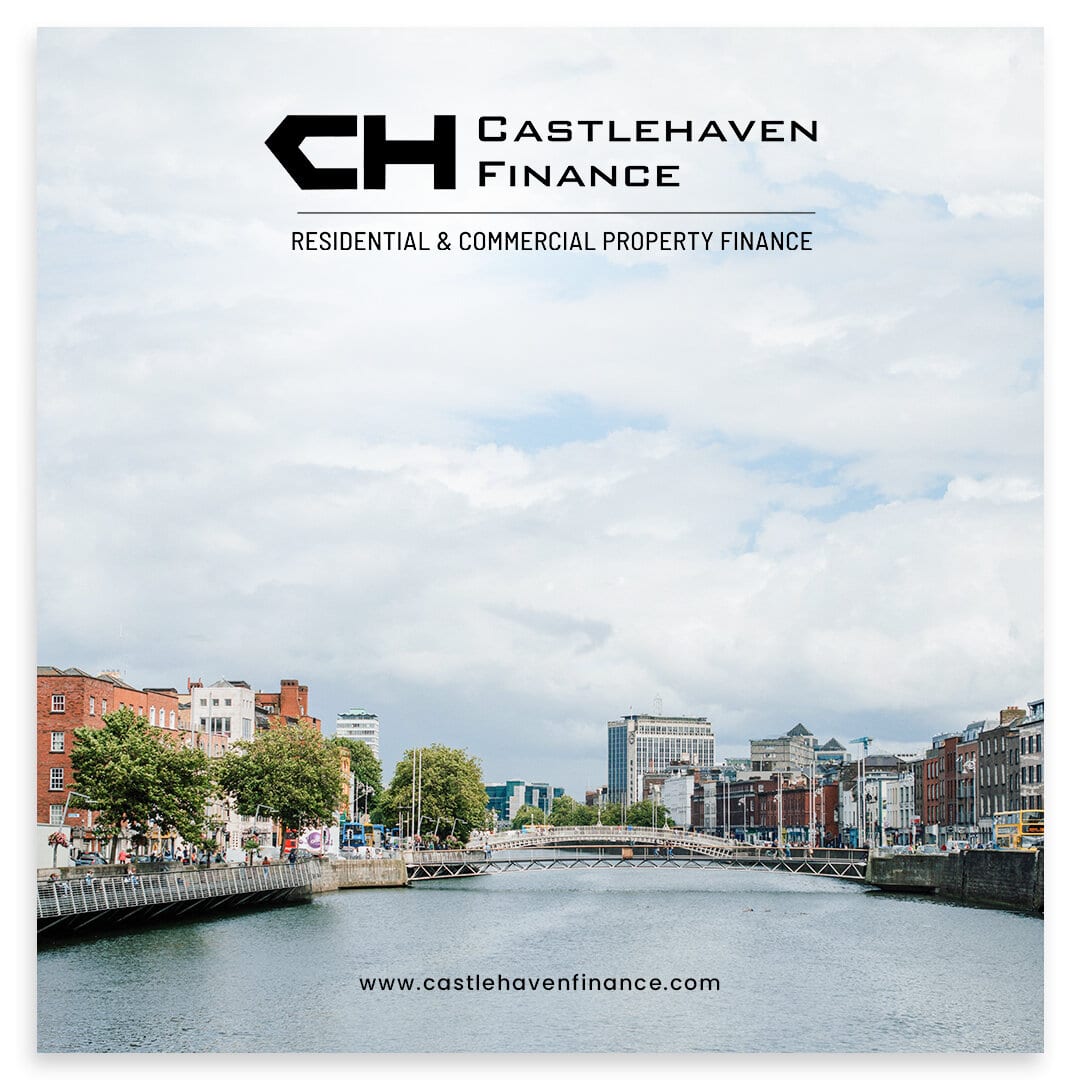Housing: Something to think about for the weekend
“We cannot solve our problems with the same thinking we used when we created them” Albert Einstein
The Irish real estate sector has taken quite a hammering in the media lately, with plenty of outrage and opposition commentary, but not much in the way of solutions. This is not surprising given that the range of potential solutions likely to work, are likely to be very, very unpopular. The whole housing conversation is starting to feel insular and Albert Einstein’s words ring true; “We cannot solve our problems with the same thinking we used when we created them”.
In the spirit of looking further afield for possible solutions, a UK article from last February citing Australian initiatives caught our attention. ‘A place in the sun’ by Anya Martin, Director of the affordable housing campaign group PricedOut was originally published on https://worksinprogress.co/issue/a-place-in-the-sun/ and has been widely circulated since.
The article notes that – even prior to Covid – rents and house prices in Sydney were falling. From 2015 to 2019, average monthly rental prices dropped by 7.3 percent. This bucks the trend of rental prices in almost every other major city during this period, including Dublin. Similarly, house prices in Sydney fell from an average of A$1,075,000 in 2017 to A$865,000 in 2018. Again, this was a period of rising house prices in most other major cities around the world. According to Martin “The cause of this was pretty simple. Sydney built more houses. But how it did it is the interesting part…”
The article starts by pointing out the factors that determine house prices, which fall into one of two categories, supply-side, and demand-side. Supply simply refers to the number of homes available to rent or buy at any given time. Demand refers to the number of people with an ability and willingness to spend on housing. Of course, demand can be slightly more complex when ‘qualified’ demand and access to credit is interrogated. From a simple economics approach, a change in any one of the above variables, with the others maintaining the status quo, house prices change in response. Many of these variables, including interest rates and population growth, impact most cities to a similar degree.
In the above article, Martin explains that Sydney has experienced similar variables to other cities in terms of falling interest rates, a rising population and growth in income levels, however, “what it has done differently is to look at the supply side – in Sydney, in recent years, the housing stock has not been held constant. Across the Greater Sydney Region, almost 182,000 homes were built in the last five financial years: an average of 36,000 per year, a drastic increase on the period 2000-14 when they averaged under 20,000. This works out at around 70 homes per 10,000 residents each year. This is substantial compared to other cities around the world that are famously struggling with house price inflation. In comparison, San Francisco, in what was a bumper year with 68% more new homes in 2019 compared to the 10-year average, still only built 53 new units per 10,000 residents; London 40 per 10,000, and New York City managed just 29 per 10,000 residents in 2019.”
Similar to the Irish experience, the New South Wales (NSW) regional government recognised the failure to build as a key contributor to worsening housing affordability problems. In 2015, it set up an independent agency, the Greater Sydney Commission, to lead on land use issues, with high housing targets – not unlike our Land Development Agency. Local authorities with the largest targets received extra funding to deliver. Centrally-prepared guidelines were issued to accelerate rezoning applications and the fast-track approval process was extended for straightforward developments. The system was effectively depoliticised by removing councillors and developers from planning panels, instead appointing independent experts, which overlap with many of the tenets of Ireland’s strategic development regime. In Sydney, the bulk of development or “priority growth” was in less well off neighbourhoods, whereas “wealthier areas tend to be better organised and able to resist new development (and perhaps tellingly, have the greater financial incentive to keep their asset prices inflated)”. This too is familiar to the Irish development sector. One of the obstacles to housing delivery in most wealthy cities is local opposition to new developments. Given that applications for Judicial Review of successful planning permissions have increased by 1,000 percent over the past three years here, unquestionably, this is a problem that is rife in Ireland.
The article goes further to explore other supply-side initiatives undertaken in Sydney and it tackles the thorny issue of discrepancies between planning permissions granted and projects commenced. In fact, the experience in Sydney debunks the myth that more planning permissions does not lead to more housing (excessive land hoarding). The data “shows a clear and very strong relationship between dwelling approvals (planning permissions) and new dwellings, allowing for a lag for development to take place. In other words, if you allow more building, there will be more building”.
The above is merely a snapshot of the ideas and proposals put forward by Anya Martin, there is plenty more and you can read through the article in full here: https://worksinprogress.co/issue/a-place-in-the-sun/
With offices in Dublin and Cork, Castlehaven Finance has provided development finance for both private and social housing to developers, builders and project owners across Ireland in excess of €1.7 billion (200+ loans) since 2014. Speak to the Castlehaven Finance team about your next commercial or residential development project https://www.castlehavenfinance.com/contact
